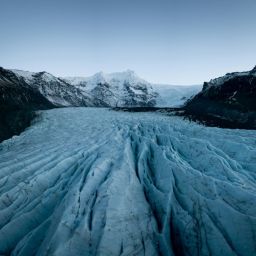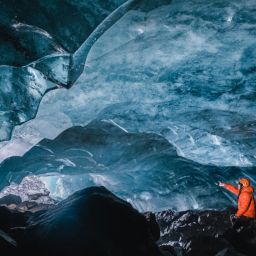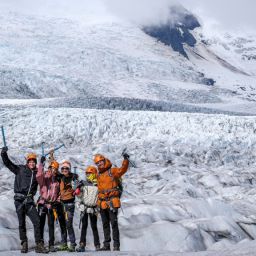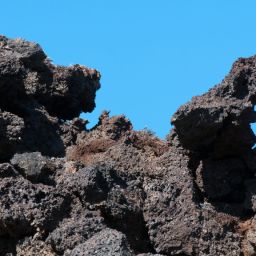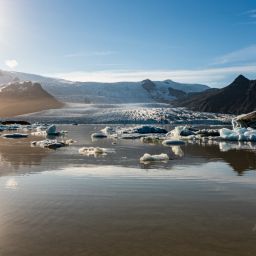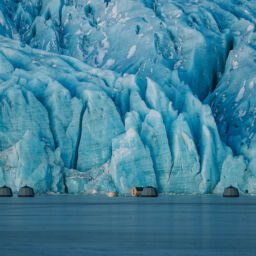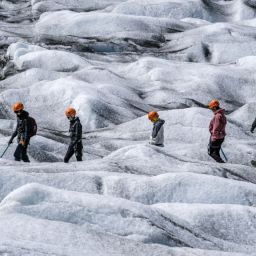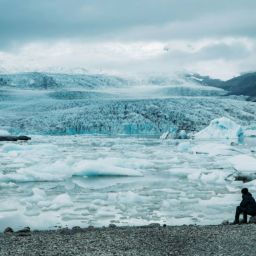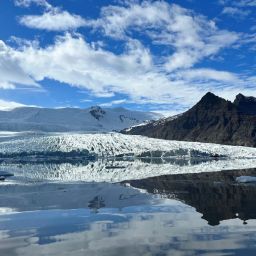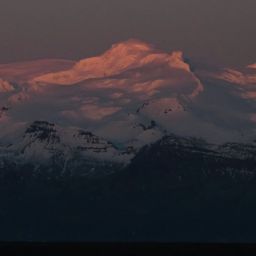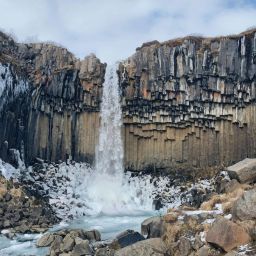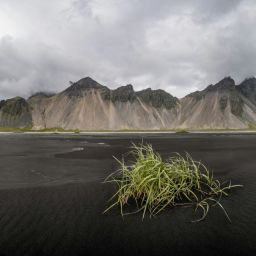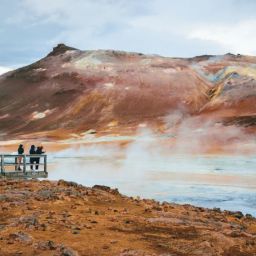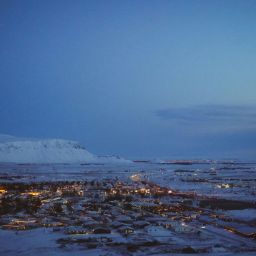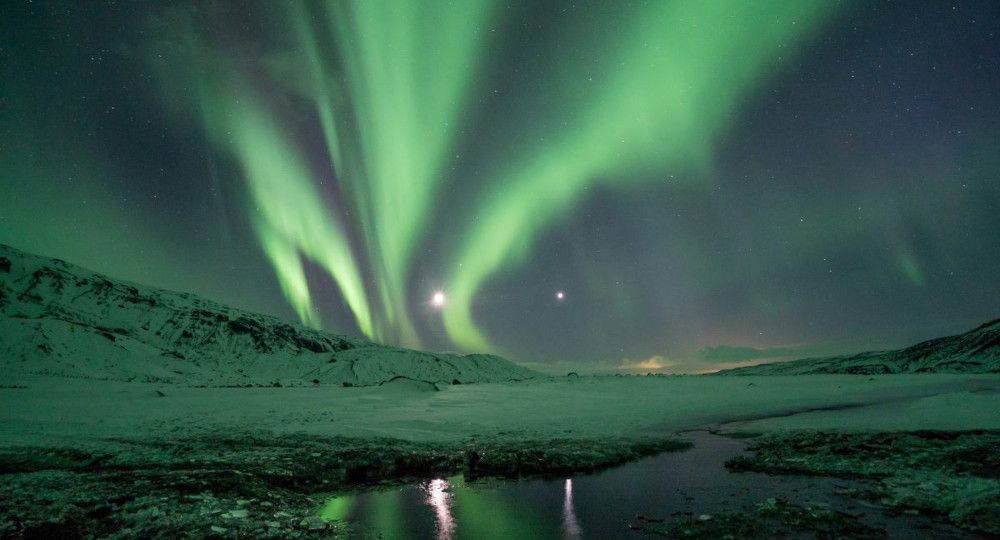
Aurora borealis is one of the most incredible natural phenomena in the world. Many people visiting Iceland between early September and mid-April have high hopes to see the northern lights during their stay. For us the people living in the Northern Hemisphere, it is quite normal to see the sky covered with different colors of dancing northern lights but believe me – it always amazes us as much as when we saw them for the first time!
Are you wondering if it is easy to spot the aurora? Do you want to know when and where to look for it? Here you can find some helpful information!
Is it easy to spot the northern lights?
There is no clear answer to this question. We must remember that this is nature and people have no control over it, that makes it more desirable and interesting, right? There are nights when it is easy to see the aurora, other times you have to spend some time and energy to find them but we also have moments or days when it is simply not possible to catch any.
When and where to look for the aurora? These are the most important factors that can affect the success of the northern lights hunt during your holidays in Iceland.
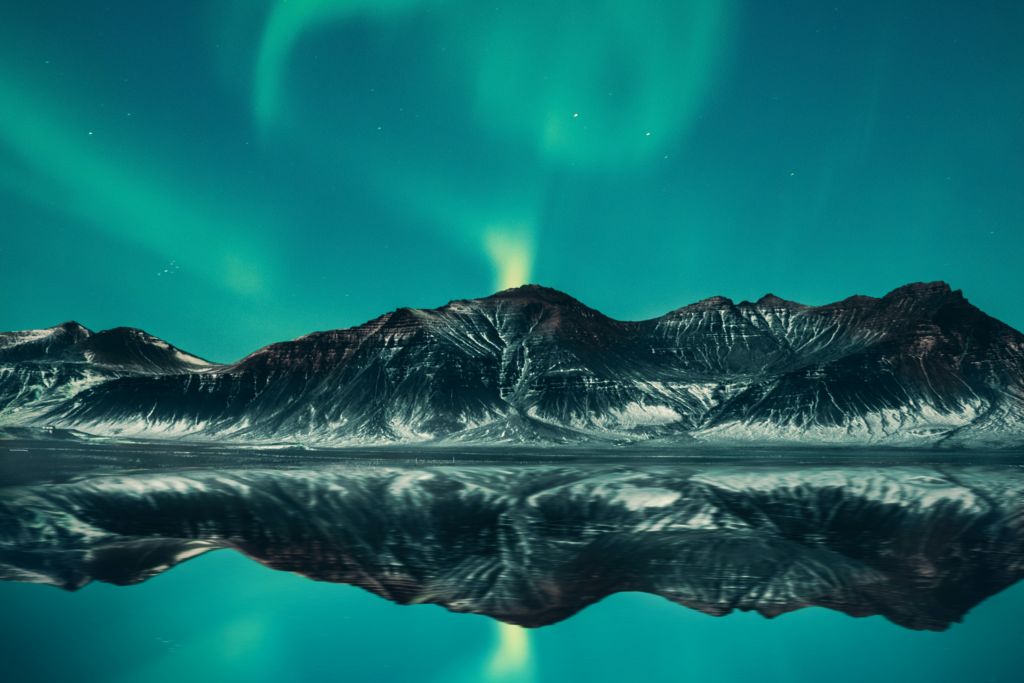
Aurora Borealis Iceland – Benjamin Suter
Clear sky
The aurora appears in the sky high above our heads, the closest can be seen at around 80 kilometers (50 miles), the farthest even 640 kilometers (400 miles) away. In order to see what is happening at such high altitude we simply cannot have clouds „blocking” our view. Always check the cloud cover map for a better chance of catching them. If you are lucky the skies will be clear, if not, make the northern lights hunt a real Icelandic adventure and try to find a spot with no clouds!
Dark sky
To be able to see the aurora borealis the sky must be as dark as possible. This is why you cannot see the northern lights in the summer, when the skies are constantly bright, with almost 24-hour daylight. Because of that, the best time of the year to see the northern lights would be from mid-September until mid-March. It is possible to see them a bit earlier or later but at these times the sky is dark only in the middle of the night. Important is also the time of the month in which you want to see the aurora – during or around full moon the sky is going to be much brighter which makes seeing the northern lights more difficult. It is best to aim for a time when less than 50% of the moon is visible.
Light pollution
Relates to the previous point. Since we want the sky to be as dark as possible, it is important to stay away from any artificial sources of light. City lights, cars and buildings with lights can all affect our experience of seeing the aurora or even make it impossible to spot! Always try to find a calm, dark spot far away from a city or any form of human activity.
Sun activity
The final important note is that the northern lights are a natural phenomenon directly connected with the sun activity which plays a crucial role in their strength. When the sun activity is low you can still see the aurora, it might just not be as strong or impressive. The real show, with skies covered in different colors, can be seen when the activity is high, especially after coronal mass ejections. When it happens, we usually have two-three days to get ready for the display, bear in mind that the solar wind can „get lost” on the way and never reach earth. Nature is truly fantastic but not simple, it is always best to check the activity regularly, for example on the website of Icelandic Met Office linked below.
Tips
Nature is unpredictable; conditions can change in the blink of an eye. It is worth peeking out into the night to check on the sky often as sometimes the aurora borealis comes and goes in minutes or even seconds! Many hotels, hostels and other accommodation providers in Iceland offer a wakeup call or to send you a text message when the northern lights are visible. If you don’t want to stay up to check it yourself, just ask during check-in if they offer wake up service, it might be available in your accommodation. Also, you will find Facebook groups that have users actively searching for the northern lights and posting when they find them.
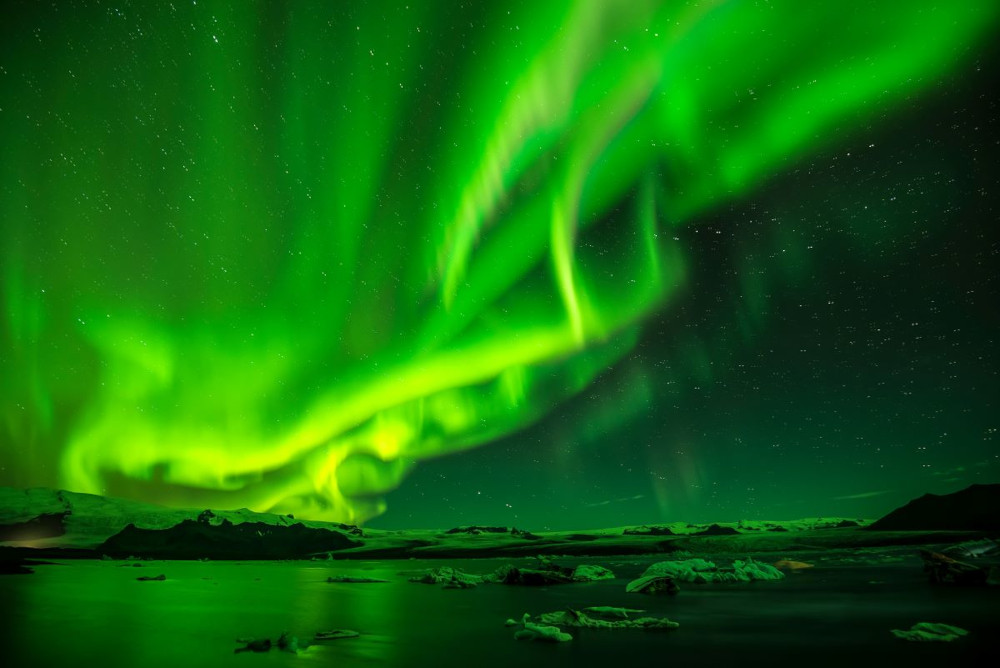
Winter Aurora Borealis Iceland – Glacier lagoon
One of the best locations to witness the display of the northern lights is by a glacier lagoon. There are a few glacier lagoons in the south and southeast of Iceland which are worth your time. Fjallsarlon glacier lagoon, Jokulsarlon glacier lagoon and Breidarlon glacier lagoon all offer magnificent sights. With their secluded settings and dark surroundings these glacier lagoons offer an unparalleled opportunity to witness the aurora dancing across the sky. Not many people have had the chance to witness the aurora reflecting in a lake filled with huge icebergs. Fjallsarlon iceberg lagoon is an ideal setting for those who are looking for a secluded place away from the crowds to marvel at this natural wonder. Fjallsarlon glacier lagoon is framed with rugged mountain ridges and towering glaciers and is therefore a popular spot for photographers who want to capture the magical moments of aurora display.
You have a few options on how you can spend your evening or even a night exploring the aurora…. You can stay on the beach or shore waiting for the lady of the night to arrive or choose to spend a night in an AuroraHut, a boat that floats on the lagoon. At Fjallsarlon iceberg lagoon in southeast Iceland, you will find the Overnight Adventure where you can search for the northern lights from the comfort of your bed. Each hut or boat can accommodate two people in a double bed. The boats are designed with comfort and style in mind. Glass walls and glass ceiling offer an exceptional view from inside the AuroraHut. Below the article you can find a link with more details about the Overnight Adventure!
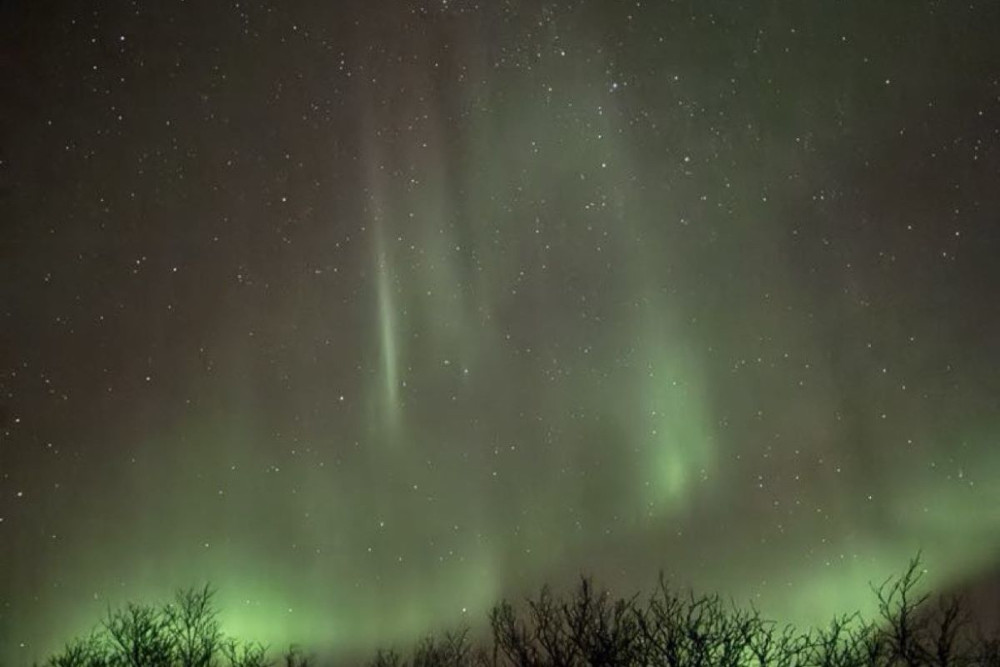
Winter Aurora Borealis Iceland – Salvor
While flying to or from Iceland when the skies are going to be dark, book a seat overlooking the norther horizon. You might be lucky and spot the aurora straight from your airplane!



